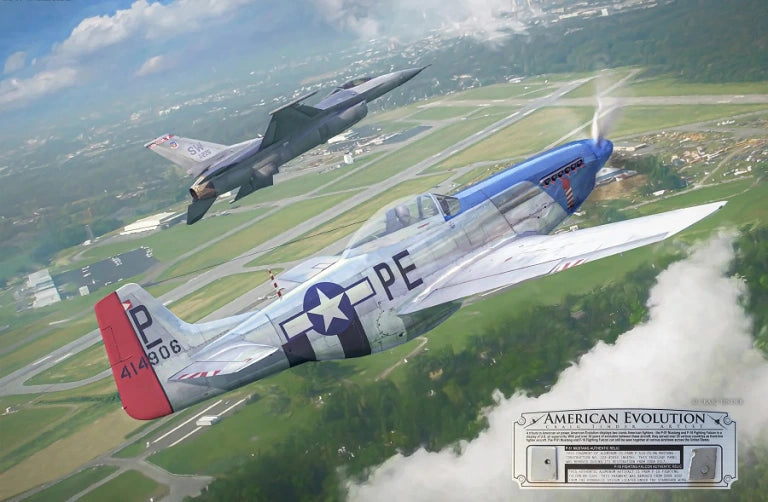As the United States approaches another anniversary of its independence, the skies above play an ever-critical role in telling the story of freedom and celebration. Not merely a backdrop for pyrotechnics, the sky-blue expanses serve as a canvas for the prowess and promise of American airpower—a testament to historical legacy and contemporary valor.
Including airpower in the Fourth of July celebrations is far more than just a thrilling show of speed and sound. It deeply embodies our national identity and rich military heritage. These meticulously coordinated aerial displays provide a window into the development of airpower—from its early beginnings in the 20th century to its current formidable role in global operations. Each maneuver and formation flown above us tells a story of progress and power, marking a tradition that celebrates our past and present.
Airpower’s role in these celebrations can be traced back to the post-World War I era when public fascination with aviation heroes like Charles Lindbergh expanded. In the following decades, air shows featuring military aircraft became staple features at major national events, embodying the spirit of American resilience and technological ascendancy.
During the Cold War, the strategic display of airpower served dual purposes: it reassured citizens of their nation’s military capability while simultaneously sending a robust signal to international adversaries. Fighters and bombers streaking across the sky became symbols of powerful deterrence, encapsulating the might of the American military-industrial complex.
Today, the tradition continues with the inclusion of sophisticated jets like the F-35 and F-22 in aerial performances. These aircraft, equipped with stealth technology and cutting-edge features, are more than just military assets. They represent American creativity and a forward-looking approach. When they take to the skies on Independence Day, they do more than impress the crowd—they demonstrate the technological mastery and ongoing innovation that are hallmarks of the American spirit.
Moreover, these air displays serve as a canvas reflecting the intricate choreography between man, machine, and nature. Each formation and maneuver results from rigorous training and teamwork, symbolizing the dedication and skill of the United States Air Force and other military branches. Precision flying also underscores a commitment to excellence and the continuous improvement of capabilities safeguarding liberty.
Beyond the sheer might and spectacle, airpower at Independence celebrations plays a poignant role in remembrance. This tribute deeply resonates as it honors the sacrifices of both veterans and active-duty service members. The flyovers, especially when they feature historic aircraft like World War II-era bombers, poignantly connect the bravery of our past to the hopes of our future. This bridging of generations becomes a powerful celebration of our national heritage and honor.
Community engagement is another significant aspect of these air shows. These events offer a chance for the military to engage with the public, deepening our understanding and appreciation of their crucial role in national security and community service. Such interactions emphasize the military’s essential place within the fabric of our society.
In essence, the role of airpower in American Independence celebrations transcends mere entertainment. It is a multifaceted symbol of national pride, technological progress, military readiness, and communal unity. As we gaze upwards this Fourth of July, let us appreciate not just the gravity-defying feats above but also the broader narrative of freedom and vigilance they represent. Each roar that slices through the summer sky tells a story of liberty hard-won and the eternal vigilance needed to preserve it.





Share:
Orange or White? The Evolution of the Space Shuttle’s Fuel Tank Color
Cultural Icon and Tactical Innovator: The Huey Helicopter’s Impact